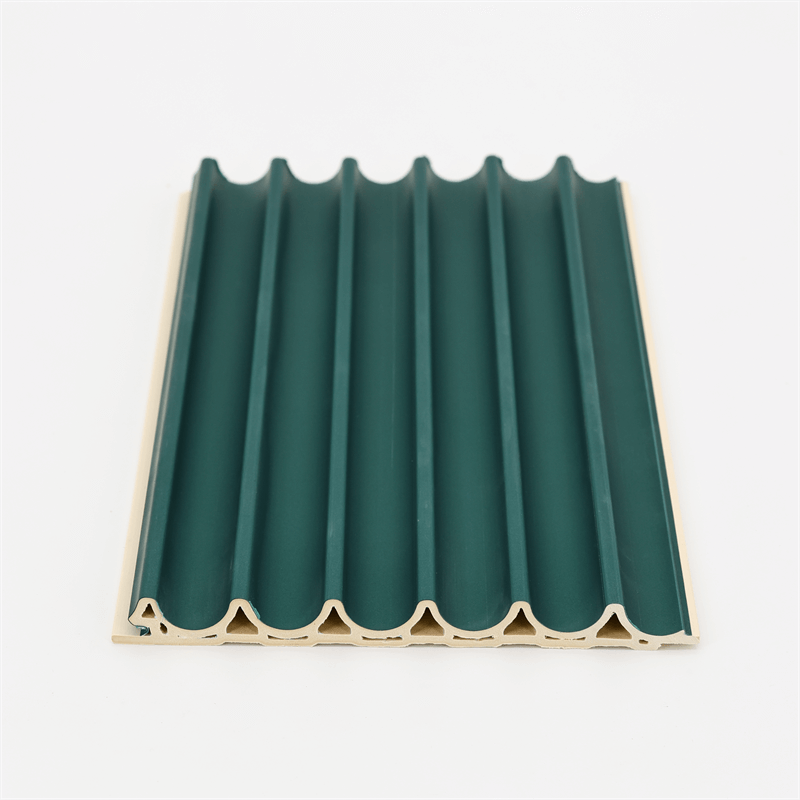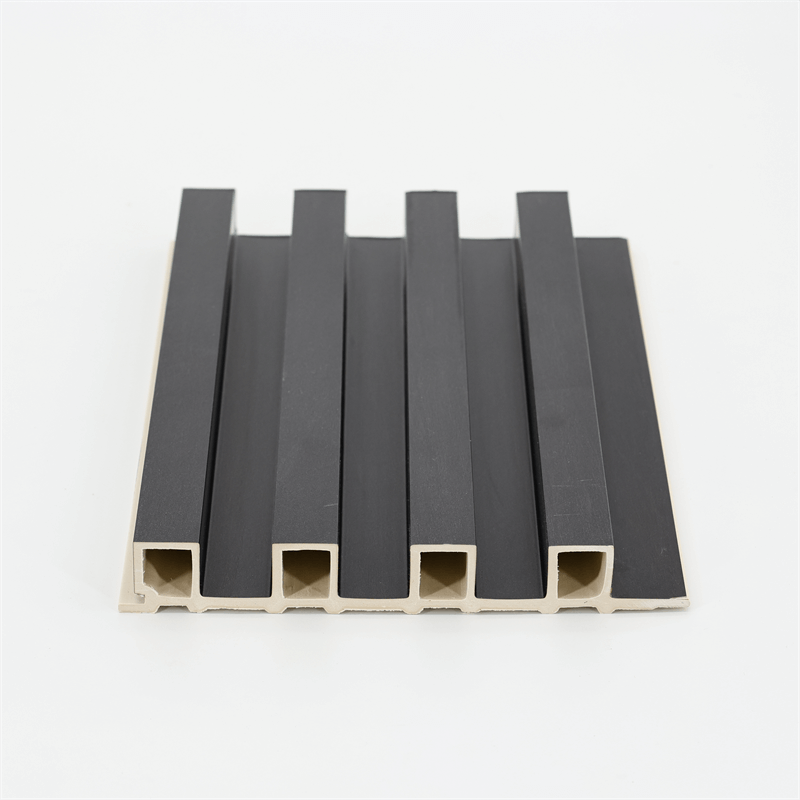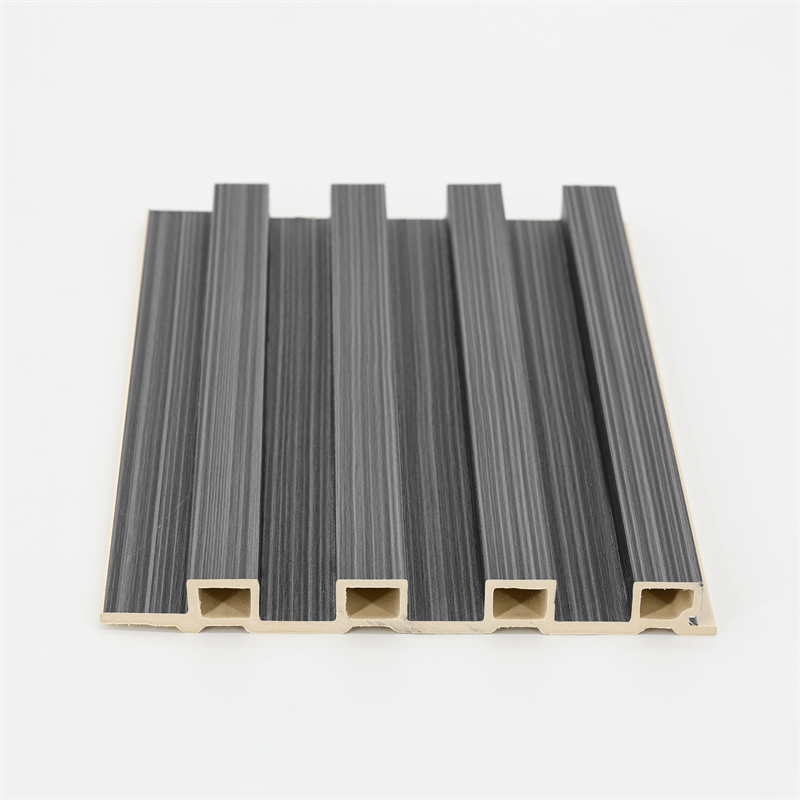In an era of increased awareness and concern for the environment, sustainable construction practices and materials have gained significant importance.
Wood-Plastic Composite (WPC) wall panels have emerged as a viable solution for creating eco-friendly spaces that minimize environmental impact.
This essay explores the environmental benefits of WPC wall panels, focusing on their use of recycled materials, reduced carbon footprint, energy efficiency, and contribution to indoor air quality.
I. Use of Recycled Materials: A Second Life for Waste
One of the notable environmental benefits of WPC wall panels is their use of recycled materials.
WPC panels are typically composed of a combination of wood fibers and recycled plastics, often sourced from post-consumer or post-industrial waste.
By utilizing these recycled materials, WPC panels help divert waste from landfills and reduce the demand for virgin materials.
The use of recycled materials in WPC panels promotes resource conservation and reduces the environmental impact associated with traditional building materials.
It also contributes to the circular economy by giving new life to waste materials, transforming them into valuable and sustainable construction products.
II. Reduced Carbon Footprint: A Step Towards Carbon Neutrality
In the fight against climate change, reducing carbon emissions is crucial.
WPC wall panels offer a significant advantage in this regard by contributing to a reduced carbon footprint in the construction industry.
The production process of WPC panels requires less energy compared to traditional materials like concrete or steel.
Furthermore, the use of recycled materials in WPC panels also helps in reducing carbon emissions.
By diverting waste from landfills, it minimizes methane gas emissions, a potent greenhouse gas.
WPC wall panels enable construction projects to take a step closer to achieving carbon neutrality by reducing their environmental impact.
III. Energy Efficiency: Creating Sustainable Indoor Environments
Energy efficiency is a key consideration for sustainable construction. WPC wall panels contribute to energy efficiency in multiple ways.
Firstly, their thermal insulation properties help in reducing heat transfer, resulting in energy savings for heating and cooling systems.
The panels act as a barrier, preventing thermal bridging and maintaining a comfortable indoor environment.
Secondly, the installation of WPC wall panels can improve the overall building envelope, reducing air leakage and improving insulation.
This leads to reduced energy consumption and lower greenhouse gas emissions. The energy-saving potential of WPC panels makes them an attractive choice for environmentally conscious construction projects.
IV. Improved Indoor Air Quality: Healthy Living Spaces
Indoor air quality is a crucial factor in creating healthy and comfortable living spaces.
WPC wall panels contribute to improved indoor air quality by eliminating the use of toxic chemicals and volatile organic compounds (VOCs) commonly found in other wall finishes such as paint or wallpaper.
These harmful substances can lead to respiratory issues and other health problems.
WPC panels are manufactured using non-toxic materials, reducing the risk of off-gassing and promoting healthier indoor environments.
Additionally, the moisture-resistant properties of WPC panels prevent the growth of mold and mildew, further enhancing the air quality within the space.
WPC wall panels offer significant environmental benefits, making them a sustainable choice for construction projects.
By utilizing recycled materials, reducing carbon emissions, promoting energy efficiency, and enhancing indoor air quality, WPC panels contribute to eco-friendly spaces and responsible construction practices.
The use of recycled materials not only diverts waste from landfills but also conserves valuable resources.
The reduced carbon footprint of WPC panels helps combat climate change and move towards carbon neutrality.
Energy efficiency is enhanced through their thermal insulation properties, leading to energy savings and reduced greenhouse gas emissions.
Furthermore, WPC panels contribute to improved indoor air quality by eliminating harmful chemicals and promoting healthy living spaces.

In conclusion, WPC wall panels play a vital role in creating eco-friendly spaces.
Their environmental benefits make them an attractive choice for sustainable construction, enabling us to build a greener future while creating aesthetically pleasing and functional environments.
By incorporating WPC wall panels, we can contribute to a more sustainable and healthier built environment.
In conclusion, WPC wall panels offer significant environmental benefits, making them an ideal choice for creating eco-friendly spaces.
Their use of recycled materials reduces waste and promotes resource conservation.
By reducing the carbon footprint and improving energy efficiency, WPC panels contribute to sustainable construction practices and help mitigate climate change.
Furthermore, their ability to enhance indoor air quality by eliminating toxic chemicals and preventing mold growth ensures healthier living environments.
As we strive towards a more sustainable future, it is crucial to embrace building materials that align with environmental goals.
WPC wall panels have emerged as a sustainable solution that combines functionality, aesthetics, and eco-friendliness.
By choosing WPC panels for construction projects, we can create spaces that are not only visually appealing but also contribute to a greener and more sustainable planet.
It is important for designers, architects, and construction professionals to recognize the environmental benefits of WPC wall panels and actively incorporate them into their projects.
By doing so, we can make a positive impact on the environment and set a precedent for sustainable construction practices.
In summary, WPC wall panels offer numerous environmental advantages, including the use of recycled materials, reduced carbon footprint, energy efficiency, and improved indoor air quality.
These benefits position WPC panels as a valuable building material for creating eco-friendly spaces.
As we continue to prioritize sustainability in construction, embracing WPC wall panels will play a crucial role in achieving our environmental goals.
By making conscious choices and incorporating sustainable materials like WPC panels, we can pave the way for a more sustainable and resilient future.


